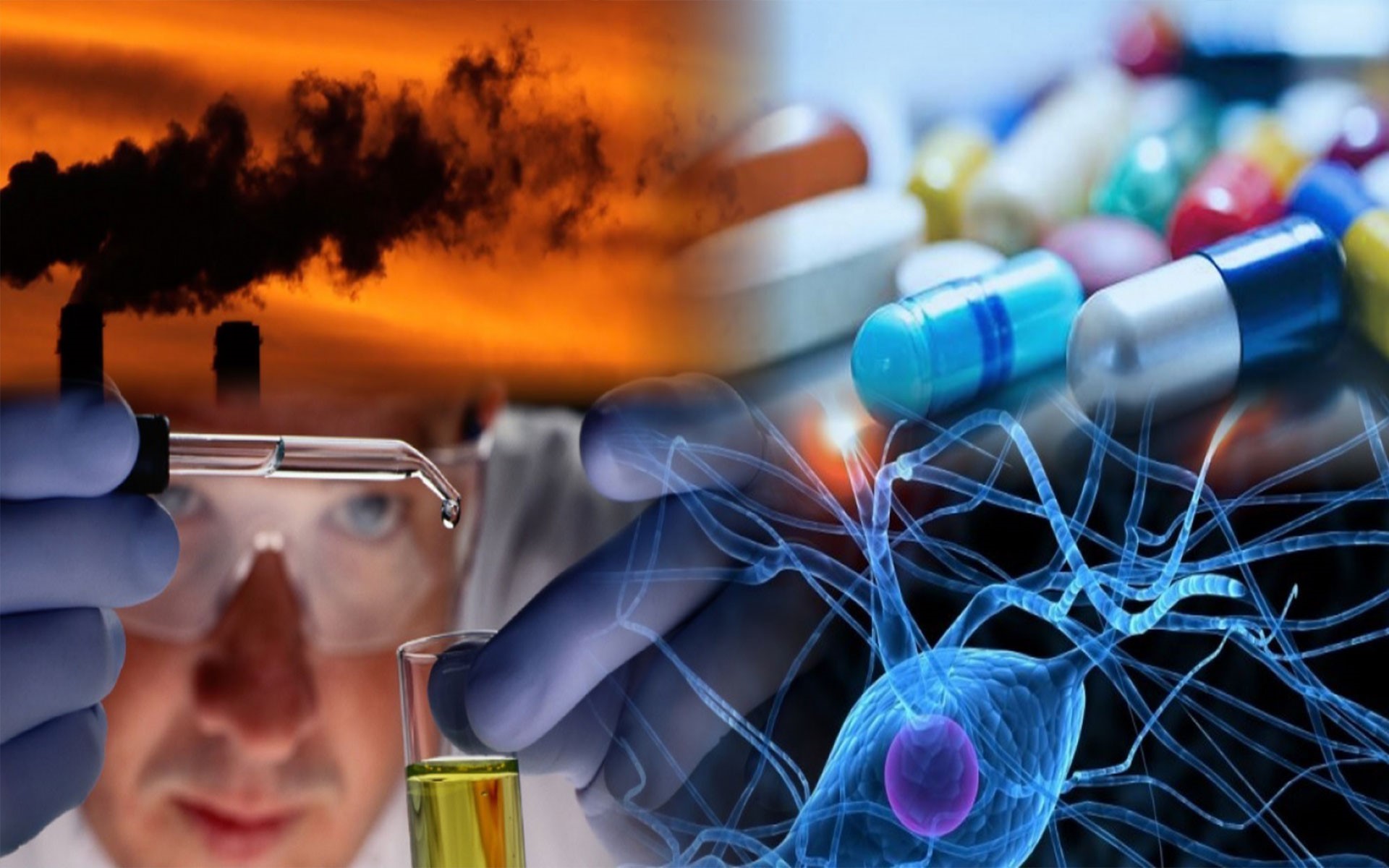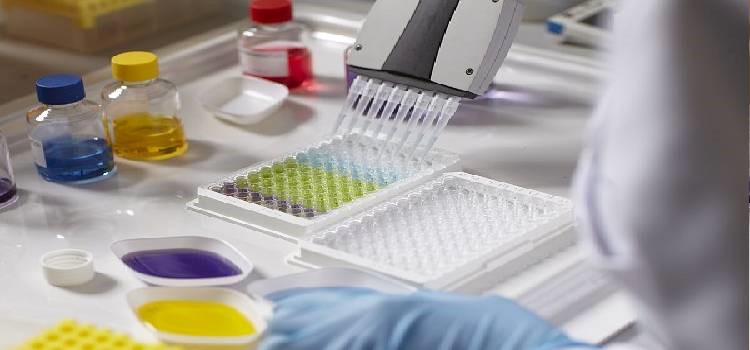Early Toxicity Testing: Essential Essence of Drug Development
17-Sep-2024

Introduction
New drug development is a complex and highly regulated process that requires extensive testing to ensure their safety and efficacy. One crucial aspect of drug development is toxicity testing, which aims to identify the potential adverse effects of a drug on living organisms. Early toxicity testing is a critical phase in drug development that helps researchers and developers make informed decisions about the safety and viability of a drug candidate. In recent years, advancements in technology and scientific understanding have greatly improved the accuracy and efficiency of early toxicity testing. As a result, the early toxicity industry has grown significantly and become a crucial part of the drug development process. This article will explore the importance of early toxicity testing in drug development and discuss the current state of the early toxicity industry.
Emerging Testing Methods in Early Toxicity Testing
The early toxicity testing industry is rapidly evolving, and several testing methods are emerging. Here are some of the most common trends in the industry:
High-throughput screening: High-throughput screening (HTS) is a process used in drug discovery that involves rapid testing of large numbers of compounds to identify potential drug candidates. It is often used in the early stages of drug development to identify compounds that have the potential to be developed into drugs. HTS allows for the screening of thousands or even millions of compounds quickly, making it an efficient way to identify potential drug candidates.
Recently a U.K.-based firm, Metrion Biosciences, invested in high-throughput screening capabilities and expanded facilities to increase its capacity for early toxicity testing. This can accelerate the discovery of safer and more effective drugs and provide clients with more comprehensive safety profiling services.
Organ-on-a-chip technology: Organ-on-a-chip technology is a biomedical engineering field that involves using microfluidic systems to create models of human organs. These devices are designed to mimic the structure and function of specific organs in the body, allowing researchers to study organ-level responses to drugs, toxins, and other stimuli. Organ-on-a-chip technology has the potential to improve the accuracy and efficiency of drug testing, as well as reduce the need for animal testing. Companies such as Emulate, Inc. and AxoSim Technologies are developing organ-on-a-chip systems for the liver, kidney, lung, and other organs to test drug toxicity.
For instance, Emulate, a U.S.-based company specializing in organ-on-a-chip technology, expanded its early toxicity testing services by developing new organ-on-a-chip models. These models can predict the toxic effects of drugs on various organs, including the liver, kidney, and lung, by modeling human organs in a microfluidic system. The technology can also enable the testing of drug metabolites responsible for toxic effects after the drug metabolism.
3D cell culture models: 3D cell culture models are advanced methods for growing cells in three-dimensional environments, providing a more realistic and predictive model for drug testing and toxicity screening than traditional two-dimensional cell culture methods. These models can be used for early toxicity testing in drug development, allowing researchers to identify potential safety concerns early on and develop safer and more effective drugs. 3D cell culture models could reduce the reliance on animal testing and improve the success rate of clinical trials.
For example, Amerigo Scientific launched a new 3D cell culture platform for more accurate drug testing and toxicity screening. This platform can be used for early toxicity testing in drug development. It will lead to the development safer and more effective drugs by identifying potential safety concerns early on. It can also reduce the reliance on animal testing and improve the success rate of clinical trials.
AI and machine learning: Artificial intelligence (AI) and machine learning (ML) algorithms are increasingly used in various fields of science and industry, including drug development and toxicity testing. These technologies can help accelerate the drug discovery process by predicting the toxicity of potential drug candidates, identifying promising drug targets, and predicting the efficacy of new drugs. They can also assist in analyzing large datasets and discovering patterns that might be difficult to detect using traditional methods. Using AI and machine learning in drug development and toxicity testing could lead to developing safer and more effective drugs while reducing the costs and time required for drug development.
For example, The Center for Cybersecurity, Privacy, and Accountability (CISPA) developed ImageTox, an AI-based tool that uses computer vision to predict chemical toxicity. By analyzing images of treated cells, ImageTox identifies potential toxicity patterns, reducing reliance on animal testing in early drug development. This tool can accelerate the growth of safer and more effective drugs by identifying safety concerns early on.
Prominent Companies in Early Toxicity Testing
There are many companies engaged in early toxicity testing, and here are some examples along with their latest and recent developments:
Charles River Laboratories: This company is a leading provider of contract research services for the biopharmaceutical and medical device industries. The company offers a wide range of toxicology testing services, including acute and subchronic toxicity testing, reproductive toxicity testing, and carcinogenicity testing. Charles River launched ApolloTM, an industry-leading secure cloud platform for toxicology study data. With robust security features and a user-friendly interface, ApolloTM aims to accelerate drug discovery and development by providing a cutting-edge solution for data management in the life sciences industry.
Laboratory Corporation of America Holdings (Covance): This company offers services such as drug development and clinical trials to pharmaceutical and biotech industries. Covance offers various toxicology testing services, including in vitro assays, animal models, and imaging techniques. In 2022, Labcorp introduced a new clinical development business into a standalone company as part of its strategic focus on diagnostics and drug development. The new company will provide clinical development services to pharmaceutical, biotech, and medical device companies.
Eurofins Scientific: This company is a leading provider of laboratory testing services to the life sciences industry. Eurofins offers a wide range of toxicology testing services, including genotoxicity testing, carcinogenicity testing, and reproductive toxicity testing. In 2021, Eurofins launched the first FDA-authorized Surrogate Virus Neutralization Test (sVNT) antibody assay based on ELISA methodology. The assay detects neutralizing antibodies that block viral spike protein interaction with ACE2 receptors, providing a more efficient and cost-effective alternative to conventional testing methods.
InSphero: This company specializes in developing 3D cell culture models for drug discovery and toxicology testing. InSphero's 3D microtissues offer a more physiologically relevant model for evaluating drug toxicity than traditional 2D cell cultures. In 2023, InSphero collaborated with Vrije Universiteit Brussel (VUB) to advance drug discovery for nonalcoholic steatohepatitis (NASH). The partnership combines InSphero's 3D InSight Microtissue Technology and VUB's expertise in studying liver diseases to develop a new and more predictive model for early toxicity testing of NASH drugs.
Promega Corporation: This is a global biotech company that provides products and services for the life sciences industry. Promega offers in vitro assays for toxicology testing, including assays for evaluating genotoxicity and oxidative stress. In 2021, Promega announced the launch of its new QuantiFluor RNA system, which provides a sensitive and accurate method for quantifying RNA in biological samples.
These companies are constantly innovating and expanding their toxicology testing capabilities to help support the drug development process and ensure the safety of new therapeutics.
Conclusion
In conclusion, early toxicity testing plays a crucial role in drug development by identifying potential safety concerns and enabling the development of safer and more effective drug development. The early toxicity industry is rapidly evolving, with advancements in technology and scientific understanding driving new methods, such as high-throughput screening, organ-on-a-chip technology, 3D cell culture models, and the use of AI and machine learning. Several companies such as Charles River Laboratories, Covance, and Eurofins Scientific are prominent in the early toxicity testing market, and they continue to innovate and improve their services. With these advancements, the industry is expected to grow and provide essential services to the pharmaceutical and biotech industries. Ultimately, early toxicity testing aims to ensure that new drugs are safe and effective for patients, and the early toxicity industry plays a vital role in achieving this goal.
About the Author
 Shyam Gupta is a passionate and highly enthusiastic researcher with more than four years of experience. He assists clients in overcoming difficult business challenges by providing actionable insights through exhaustive research. He has been closely monitoring a number of industries, such as Biotechnology and Diagnostics, Pharmaceuticals, and Healthcare IT. He has a keen interest in writing articles and uses blogs as a medium to share his thoughts. He spends his time reading and painting, when not keeping up with industry news. The author can be reached at info@nextmsc.com
Shyam Gupta is a passionate and highly enthusiastic researcher with more than four years of experience. He assists clients in overcoming difficult business challenges by providing actionable insights through exhaustive research. He has been closely monitoring a number of industries, such as Biotechnology and Diagnostics, Pharmaceuticals, and Healthcare IT. He has a keen interest in writing articles and uses blogs as a medium to share his thoughts. He spends his time reading and painting, when not keeping up with industry news. The author can be reached at info@nextmsc.com
Add Comment
Related Blogs
The Future of Immunoassays in Latin America: Trends and Predictions
According to the latest report published by the Next Move St...
Future Trends in Pharmaceutical Isolators: Enhancing Safety and Efficiency
Introduction Pharmaceutical Isolators, frequently referre...
Acquisitions and Approvals: Current Trends in the Analgesics Industry
Introduction The Analgesics Industry is one of the import...










